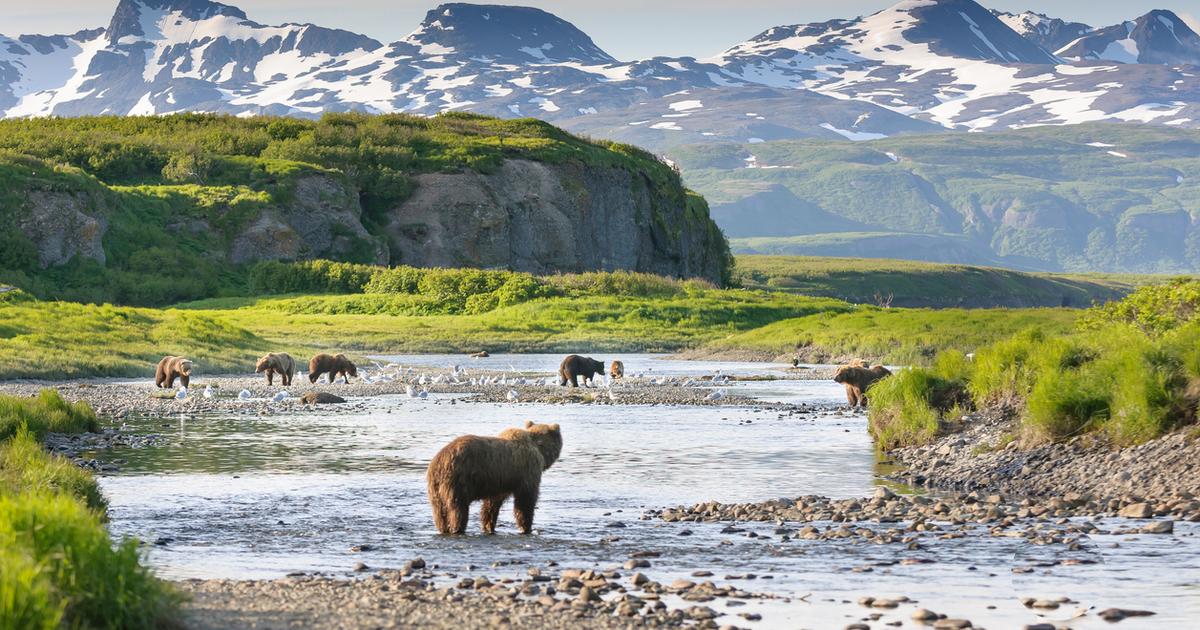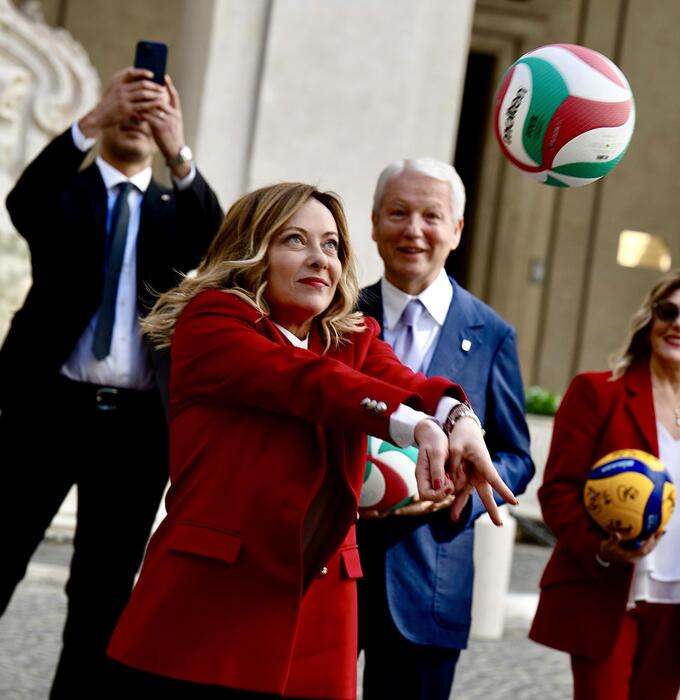From a large, uneventful island in Estonia, Saaremaa has become "Corona Island". And this, because of a double volleyball encounter in Kuressaare, its largest city renowned for its medieval castle. In early March, the local team is preparing to receive the Milan players for a gala showdown. Stake? A qualification in the semi-finals of the prestigious European Challenge Cup, the volleyball equivalent of the Football Champions League. Among the thousand spectators present, no one imagines attending the event which will explode the epidemic of coronavirus in the Baltic country.
As of March 4, Estonia has only two confirmed cases of Covid-19. In Saaremaa, the 33,000 inhabitants (a third of whom live in Kuressaare) lead a peaceful life amidst the windmills and natural sites which make up the island's wealth. But 1,700 km further south, Lombardy is already under cover because of the Covid-19. In Milan, all major sporting events are prohibited. Result, the two round-trip matches will take place entirely in Estonia, March 4 and 5, but without any Italian fan. For the Saaremaa VC, eliminated the previous season in the third round by Poitiers, playing a quarter-final is already quite an adventure. “The team has a lot of fans and everyone was waiting for this match. It is not usual to attend such events on the island, ”rewinds Bret, a teacher who came to the gymnasium with family and friends.
Burning supporters
Obviously, the decision has been carefully considered. “All the health authorities and the government were asked whether we could organize these meetings. Everyone agreed, ”says Georg, an early fan of the Saaremaa VC. This 26-year-old auto technician would never have imagined missing the event either. In the press, we read that all Milan players have been tested and that the results are negative. Only one of them, feverish, remained in Italy. What risk would there be in bringing all the others?
In the Kuressaare sports complex, the coronavirus does not punctuate discussions. No spectator wears a mask, they are all made up in the blue colors of the team. "We thought it was all far from us, Estonia and Saaremaa," says Bret. At each point won, the crowd rises and noisily congratulates the team by shouting or with their support horns.
Proof that the situation is still not usual, jars of hydroalcoholic gel have been made available to the public and posters remind the health rules to be respected to protect yourself from Covid-19. Above all, "while players are used to coming to see their fans and clapping their hands after the games, this time it was prohibited," recalls Bret.
On the field, despite the absence of Italian supporters, Milan won both games. The victory is dry: 3 sets to 0 then 3 sets to 1. The Milanese players leave, without suspecting that the competition will be officially stopped a few weeks later, before the semi-finals.
First positive cases on March 11
Two days after the double confrontation, on March 7, the residents of Saaremaa are invited to drink. The Kuressaare Bubble Festival, a traditional festival where producers of champagne and all kinds of spirits rub shoulders, including the famous local beer, will accelerate the epidemic.
Newsletter - The essentials of the news
Every morning, the news seen by Le ParisienI'm registering
Your email address is collected by Le Parisien to allow you to receive our news and commercial offers. Find out more
On March 11, the first two positive cases were detected on the island. The next day, the volleyball team coach and the match official were diagnosed in turn, while several children who attended the match presented symptoms. That day, "we were overwhelmed with calls," recalls Edward Laane, the chief doctor of the Kuressaare hospital. Local authorities decide to close the schools.
“This is where we started to realize. Especially since at the same time, I had the first symptoms. And many of my friends who participated in the Bubble Festival also fell ill, ”said Bret, still moved. The teacher did quite well and did not need to be hospitalized, experiencing only classic flu symptoms and fatigue.
Everything is linked very quickly. On March 14, a soldier who attended the match was tested positive on his return to the barracks. The 150 soldiers in his barracks were immediately placed in quarantine. 109 people are officially infected in the country, the majority of them in Saaremaa. The island is cut off from the world: only residents can still go there, and the continent's inhabitants who are there have a few days to return home.
"I don't think regretting will improve anything"
For the first time since the end of the USSR, the population of Saaremaa is forced to severely restrict their liberties. As will be the case everywhere else in Europe, travel is limited to a few exceptions and social distancing must be respected. This confinement slows the epidemic but without being able to stop it. The number of cases on the island requiring hospitalization is increasing day by day, exceeding one thousand in mid-April. To relieve the main hospital in Kuressaare and its three Covid units (which will care for up to 59 patients simultaneously on April 12), the government is installing a field hospital. Severely ill patients are also transferred by military helicopter to Tallinn, the capital.
In the end, doctor Edward Laane estimates that "40 to 50% of the population of Kuressaare has been infected, and 30 to 40% of that of Saaremaa". Like Georg, persuaded to have been infected even if he was not even detected because he had only a "small fever".
It turns out that not all Milanese players had been tested. Were some of them carriers of the virus when they came? Probably. What was also regretted by the local leader in charge of managing the crisis, Madis Kallas. Himself tested positive on March 19, he announced on April 20 his intention to resign. "I could not critically assess the situation or refute the information received at that time," he said, quoted by the Estonian press.
Allan Mehik prefers to have a positive vision of this chain of events. This 62-year-old photographer, who is used to taking dozens of shots at each meeting which he then publishes on Facebook, was still there on March 4 and 5. He too fell ill. But he sees the good side of things: "It has been a red flag for the government in the fight against the epidemic, because Saaremaa is an island which can be easily separated from the rest of the country". “In the end, 'only' 60 people lost their lives due to Covid-19 in Estonia. Georg, now in good health like his family and friends, concludes: "What is done is done, I do not think that regretting will improve anything. "
The other episodes of our series:









